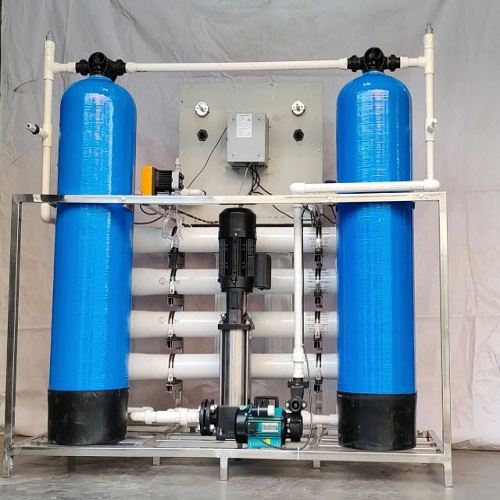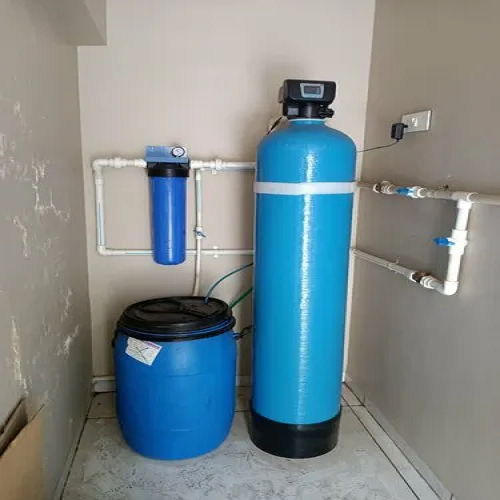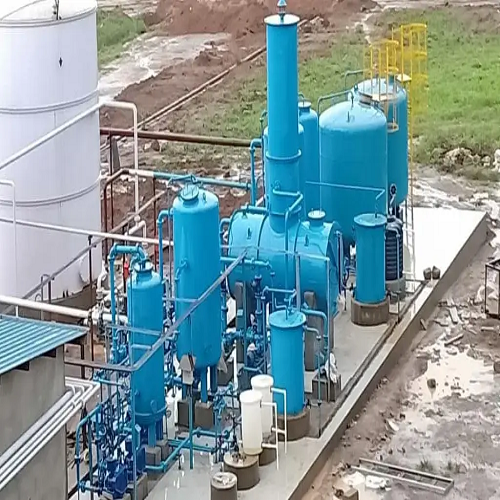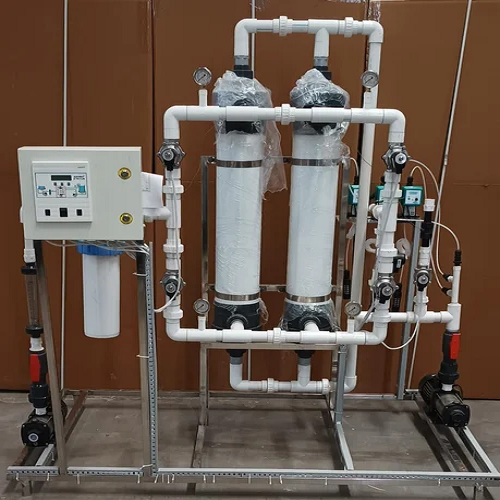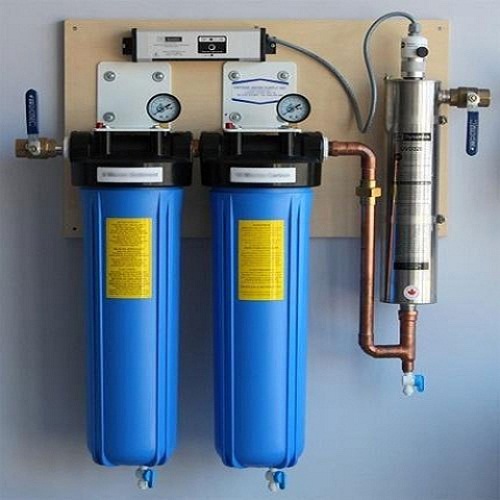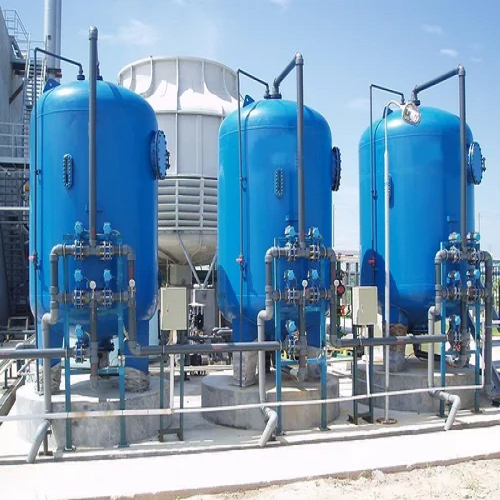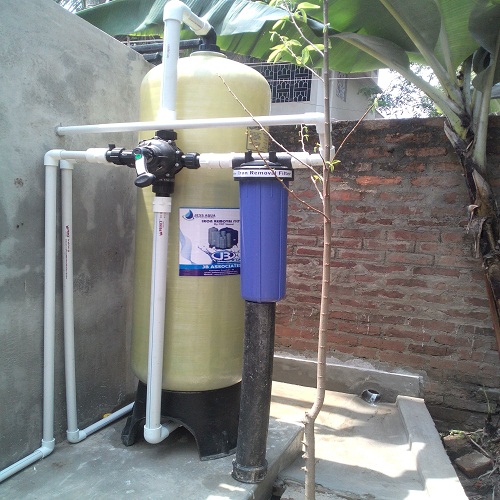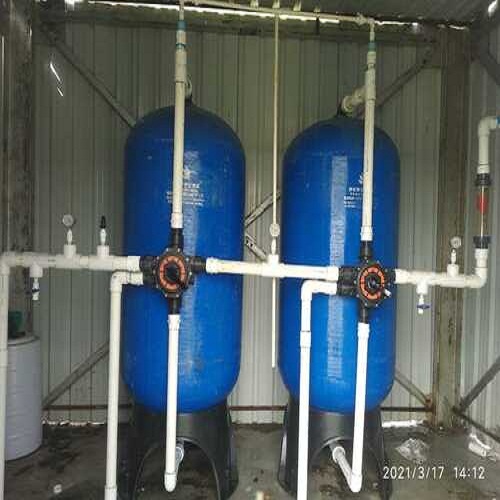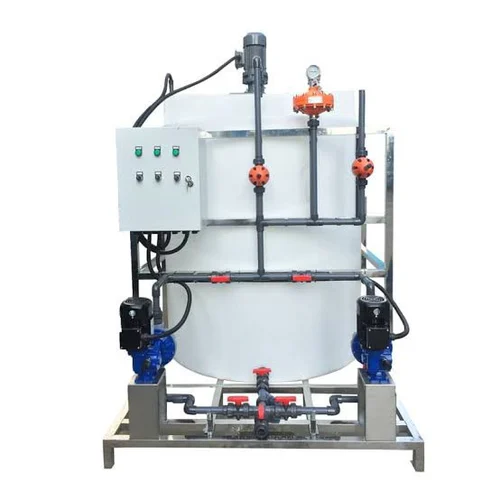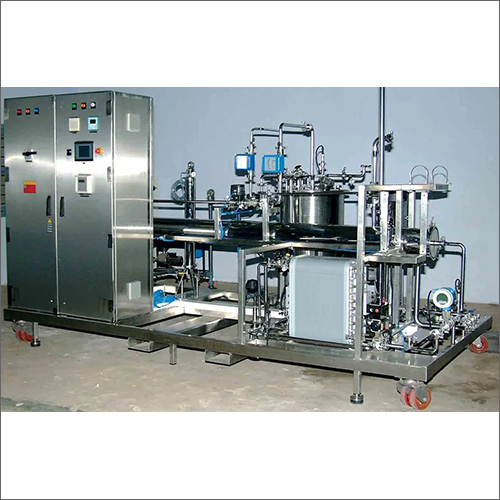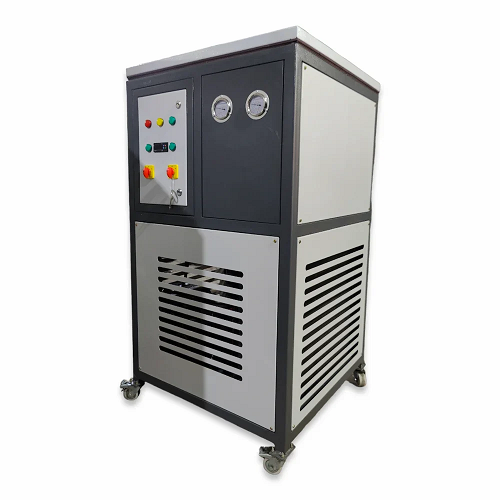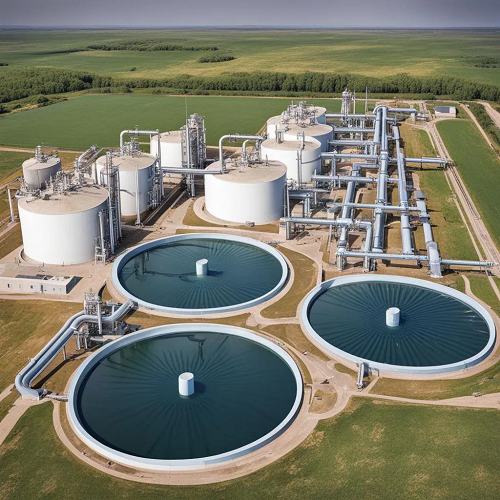
our category
WATER TREATMENT PLANT
A Water Treatment Plant (WTP) is a facility where raw water from natural sources like rivers, lakes, or underground aquifers is processed to make it suitable for consumption and other uses. The purpose of water treatment is to remove contaminants, microorganisms, and harmful substances that could be present in the water. The water treatment process ensures the water is safe for drinking, irrigation, industrial use, and sanitation.
Enquire Now
Key Stages of Water Treatment
-
Intake and Screening: The first stage involves the intake of water from a natural source. It passes through screens that remove large debris such as leaves, twigs, and other particles. This step is essential to protect the equipment from damage and prevent larger contaminants from entering the plant.
-
Coagulation and Flocculation: In this step, chemicals called coagulants (such as alum) are added to the water. These chemicals cause fine particles in the water to clump together into larger particles known as "floc." Flocculation is the process where the water is gently stirred, helping the floc to form and grow.
-
Sedimentation: The water is then allowed to sit in large tanks, where the floc settles to the bottom due to gravity. This is called sedimentation. The clear water on top is then collected and moves on to the next stage.
-
Filtration: The water passes through several layers of filters, typically made of sand, gravel, and sometimes charcoal. These filters trap any remaining particles and microorganisms that were not removed during the earlier stages. Filtration ensures that the water is clear and free of suspended particles.
-
Disinfection: To kill any remaining bacteria, viruses, or pathogens, the water is treated with disinfectants such as chlorine, ozone, or ultraviolet (UV) light. Chlorine is the most commonly used disinfectant in many plants, while UV and ozone are preferred for their effectiveness without adding chemicals to the water.
-
Storage and Distribution: Once the water has been treated, it is stored in large tanks or reservoirs, where it is kept until it is needed. From here, it is distributed through pipelines to households, businesses, and industries. The storage tanks also help maintain pressure in the distribution system.
Types of Water Treatment Plants
-
Municipal Water Treatment Plants: These plants treat water for large urban populations, ensuring that drinking water is safe for public consumption.
-
Industrial Water Treatment Plants: These plants treat water for specific industrial processes, which may require water to meet strict purity standards. Industrial plants may also deal with wastewater from production processes.
-
Desalination Plants: In areas where freshwater is scarce, desalination plants are used to convert seawater into freshwater. This process involves removing salt and other minerals from seawater.
Important Considerations in Water Treatment
-
Water Quality Monitoring: Regular tests for chemical contaminants, biological pathogens, and physical properties (e.g., turbidity) are necessary to ensure the water meets safety standards.
-
Sustainability: Modern water treatment plants incorporate energy-efficient processes and systems to reduce their environmental footprint. Some plants also focus on the reuse of treated water for irrigation, industrial processes, or even toilet flushing.
-
Waste Management: Water treatment plants must handle residual waste from treatment processes, such as sludge, which can be recycled or disposed of appropriately.
-
Automation and Control Systems: Many plants use advanced monitoring and control systems to ensure the processes are running efficiently and that water quality remains within regulatory limits.
Challenges in Water Treatment
-
Contaminant Removal: Removing certain contaminants, such as pharmaceuticals and heavy metals, can be difficult. These substances often require specialized treatment techniques.
-
Infrastructure Aging: Many water treatment plants in older cities are facing challenges related to aging infrastructure, which can impact water quality and treatment efficiency.
-
Climate Change: Changes in weather patterns, such as droughts or heavy rainfall, can affect the availability and quality of raw water, making treatment more complex.
Conclusion
A water treatment plant plays a crucial role in safeguarding public health by ensuring that water meets the required standards for human consumption. It involves a series of physical, chemical, and biological processes that remove contaminants and ensure that water is safe, clean, and reliable for everyday use. With the increasing challenges posed by pollution and climate change, ongoing innovation and investment in water treatment technologies are essential to secure a sustainable water future.
